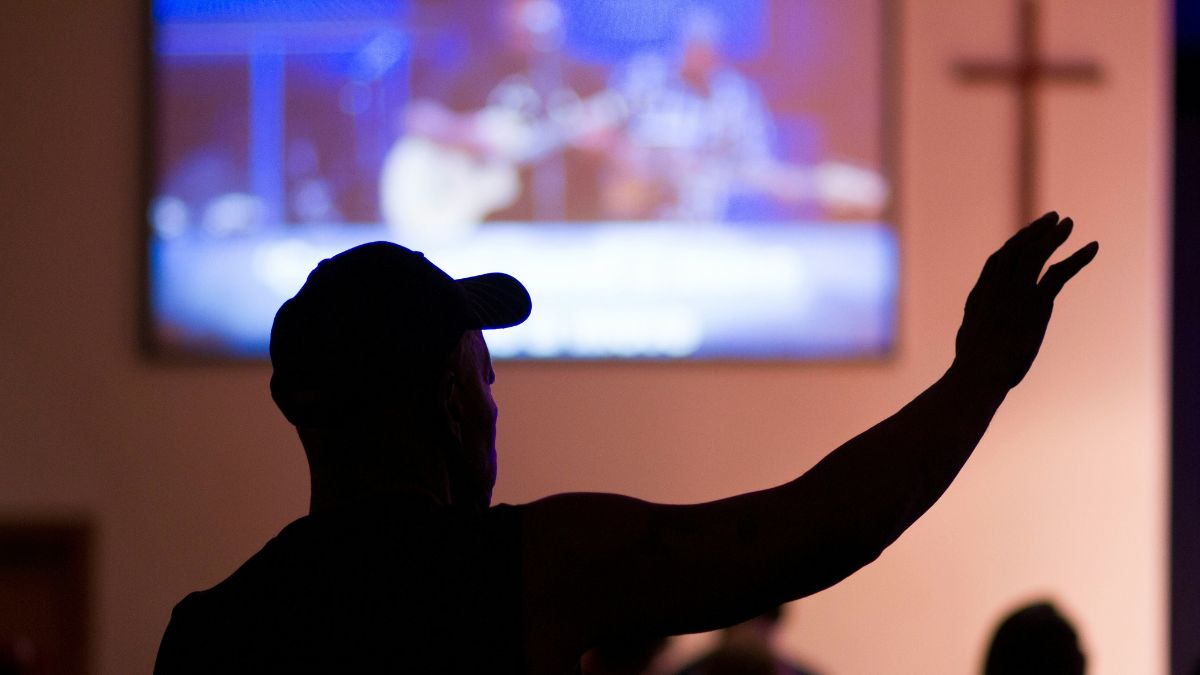

BreakPoint
Who’s in Charge?
At the Supreme Court recently, the subject was, ostensibly, the constitutionality of RFRA, the Religious Freedom Restoration Act. But a question from one of the justices revealed that the real issue was whether the Court will accept any challenge to its authority. As you may know, RFRA was passed as a response to a Supreme Court decision called Employment Division v. Smith. This decision granted the government sweeping new powers to restrict religious freedom. So in 1993 Congress passed RFRA to restore that freedom, and President Clinton quickly signed it into law. RFRA was an unprecedented challenge to the Supreme Court. It said that Congress can restore rights that the Court had taken away—or more precisely restore the well-established constitutional test the Court had jettisoned. Not surprisingly, it wasn’t long before such democratic audacity was challenged. So late last month, the constitutionality of RFRA was argued before the Supreme Court. The case is called Boerne v. Flores, and it began in 1994 when the Archdiocese of San Antonio applied for a permit to expand Saint Peter’s Church in Boerne, Texas. Boerne city officials turned down the application, citing Saint Peter’s status as a historic monument. In response, the archdiocese sued the city, relying on RFRA. When the case reached the Supreme Court, attorneys for the city argued that RFRA itself is unconstitutional. The Court defines what the Constitution says about religious freedom, they argued, and Congress cannot challenge what the Court decrees. Marci Hamilton, who represented the city of Boerne, told the justices: “this case is not about religious liberty.... It is about federal power.” She described RFRA as the worst kind of “legislative overreaching.” Of course, one man’s “legislative overreaching” is another man’s democracy. Underlying the question of religious freedom is the question of whether the Court is subject to any democratic constraints. This was clearly on the mind of at least one justice—Sandra Day O’Conner. She asked the attorney for the archdiocese whether Congress could also “change the Court’s rules for assessing whether abortion regulations burden a woman’s right to end a pregnancy.” In other words, if the Court allows RFRA to stand, Congress could in principle challenge other dictates of the Court such as its rulings on abortion. This is no small question. The outcome will not only affect religious freedom, it will also answer the question: Who has the final say? Can the American people, through their elected representatives, tell the Court, “You were wrong”? The Constitution gives the Congress the right to deprive the Supreme Court of jurisdiction in certain, unspecified areas. That means Congress could challenge the Court’s jurisdiction in the area of religious freedom—and give that area over to democratic deliberation. That is, to restore the intent of the Founders for the First Amendment, which has been emasculated by the Court. Christians ought to use the battle over RFRA to start a national debate on the question: Are we a free, self-governing people? Or are we going to allow ourselves to be governed by an imperial judiciary? Maybe such a debate can give our legislators the backbone they need to insist on real checks and balances—which is the only way a democracy can work.
03/7/97















